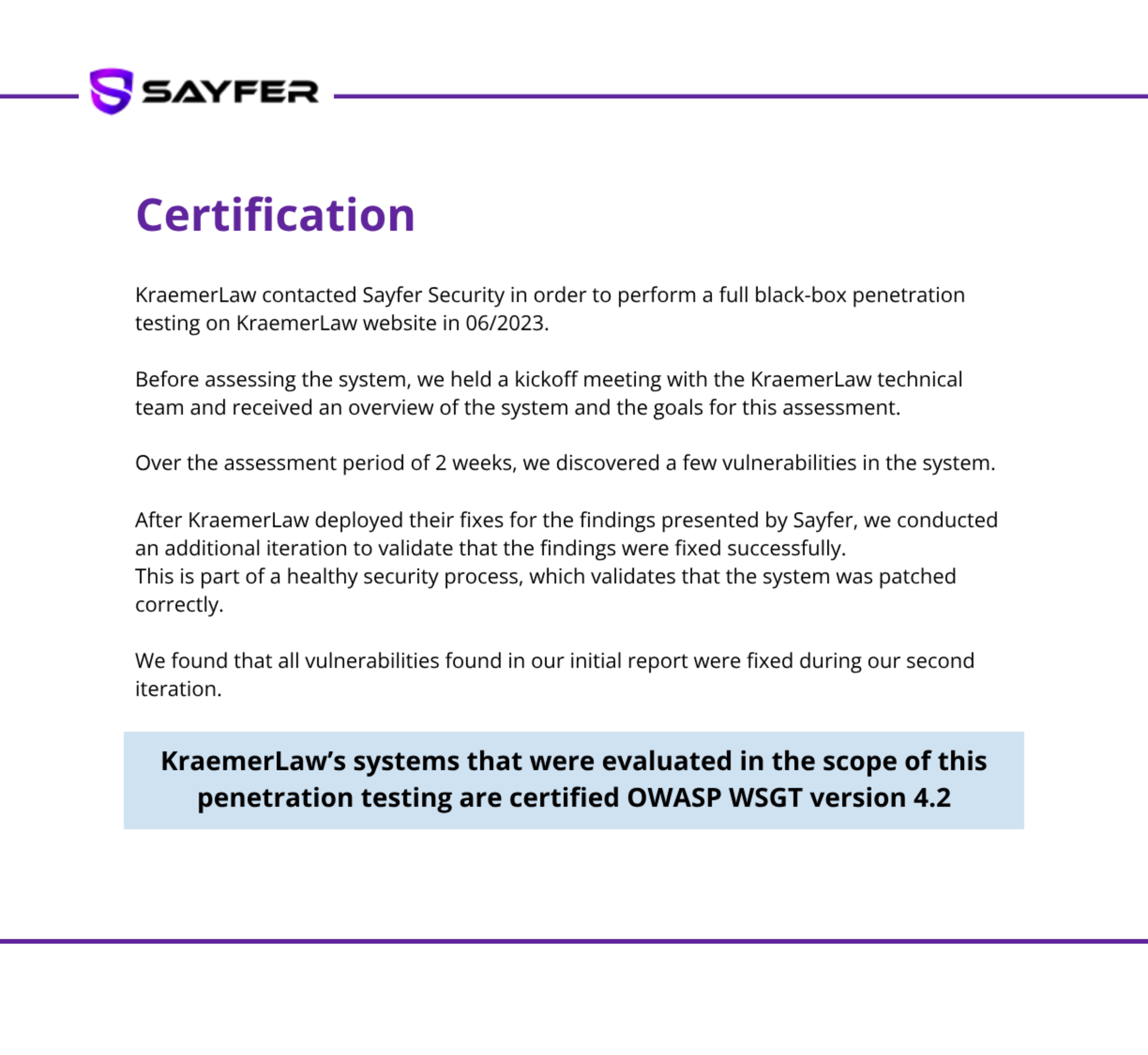In the business world, choosing the best partnership company structure is essential for success and financial stability. This article examines the similarities between a Partnership Company in Panama and a Limited Liability Partnership (LLP) in the United States.
Through detailed analysis, we will provide a clear view of the advantages and disadvantages of the Limited Liability Partnership, its structure, limited liabilities, and tax aspects. It also covers Panamanian partnership companies, offering valuable guidance for those looking to form a legal entity in these countries.
Partnership Companies in Panama
What is a Partnership Company?
A partnership company in Panama is established as a collaboration between two or more individuals who decide to combine resources and efforts to conduct business activities with the goal of generating profits.
This Panama company is based on a mutual agreement, where each partner contributes something of value, whether capital, skills, or labor, and shares both the profits and the responsibilities arising from the operations and services of partnership companies in Panama. Transparency and mutual trust are fundamental pillars in these types of limited liability corporations.
Partnership Company Structure
The partnership company structure is established through a contract between two or more individuals who contribute money, effort, or skills to achieve a legal objective and share the profits. This requires each member to comply with the partnership company legal framework, according to the terms set at the time of its formation.
Legal Requirements for a Partnership Company Formation
For the formation of a partnership company in Panama, a contract must be drafted that specifies the name, purpose, capital contributed by each partner, and the management structure.
This contract must be registered with the Public Registry to obtain legal status; this is a process that involves complying with the partnership company legal framework.
Key Characteristics and Features of an Limited Liability Partnership
It’s important to know that the Limited Liability Partnerships have become one of the most popular business structures in the United States, thanks to its adaptability and the protection it provides for the personal assets of its members.
Next, we will proceed to examine the attributes that make a Limited Liability Partnership attractive.
Limited Liability Partnership Structure
Perhaps you’ve wondered, “What is a Limited Liability Partnership? To clarify, one of the most significant traits of the business structure of a Limited Liability Partnership is that it is highly customizable, allowing it to adapt to the specific needs of its members. Here are some key characteristics:
- Separate Legal Entity: It is a legal entity in its own right, distinct from its members.
- Members Instead of Shareholders: A Limited Liability Partnership has members whose interest in the company is defined in the operating agreement.
- Dynamic management: Limited Liability Partnerships can choose between member-managed, where all members actively participate in business decision-making, or manager-managed, where one or more managers (who may or may not be members) handle day-to-day operations.
Legal Requirements to Open a Limited Liability Partnership in the US
Limited Liability Partnership set up involves complying with several legal obligations, which might differ slightly from one state to another in the U.S. However, these generally involve the following steps:
- Name of the Limited Liability Partnership: A name must be selected that is not already in use by another legal entity in the state and that complies with state regulations, usually including the initials “LLP”.
- Articles of Organization: Also known as the Certificate of Organization, these must be filed with the relevant state agency, such as the Secretary of State. This fundamental document establishes the legal existence of the partnership company in the U.S. and contains basic information such as the name of the LLP, the main address, and the contact information of the registered agent.
- Registered Agent: Partnership companies in the U.S. must appoint a registered agent who has a physical address in the state of formation. The agent is responsible for receiving legal documents and notices on behalf of the Limited Liability Partnership.
- Operating Agreement: Although not always mandatory, drafting an operating agreement is strongly recommended. This internal document establishes the operating rules of the LLP, including details on the allocation of profits and losses, procedures for adding or removing members, and other operational regulations.
- Licenses and Permits: Depending on the type of business activity, the Limited Liability Partnership may need to obtain specific licenses and permits at the local, state, or federal level to operate legally.
- Tax and Regulatory Compliance: Limited Liability Partnerships must register their business for state and federal taxes, obtain an Employer Identification Number (EIN) from the IRS, and comply with any local reporting and taxation requirements.

Limited liability partnership advantages
One of the principal Limited Liability Partnership advantages is that members are not personally responsible for the partnership company’s debts and obligations; their financial exposure is limited to their investment in the LLP.
These features make it a favorable choice for entrepreneurs and professionals looking for operational convenience and protection from liabilities, suitable for a broad range of business requirements with a relatively simple structure and clear legal prerequisites.
Similarities Between Partnership Companies and Limited Liability Partnerships
Although the Partnership Company Services in Panama, compared to those in the U.S., originate from different legal systems and have distinctive characteristics, they share several fundamental principles that make them attractive to entrepreneurs and professionals. These similarities manifest in aspects such as the formation of a partnership company, liability protection, and taxation.
Limited Liability Partnership Structure
Both Partnership Company Services in Panama and Limited Liability Partnerships provide substantial adaptability in their internal structures, making it easier to meet the specific needs of the businesses and their founders:
- Formation by Agreement: Both business forms are established through an agreement between the founders, whether a partnership contract or an operating agreement in the case of LLPs.
- Flexible Management: The companies can opt for a management structure that is either centralized or distributed among the partners, similar to the option for LLPs to choose between member-managed or manager-managed.
- Admission and Removal of Partners: In both the Panama company and the U.S. Limited Liability Partnership Companies, the procedures for adding or removing partners or members are defined in the founding agreements, facilitating transitions and adaptation to new business circumstances.
Limited Liability
The protection of personal liability is a key concern for any entrepreneur, and both Panamanian and American companies offer methods for its management.
- Protection of Personal Assets: Partnership companies in the U.S. offer members clear protection of their personal assets against the debts and obligations of the company.
- Limitation of Liability for Acts of Others: In a Limited Liability Partnership, no member is personally responsible for the negligent or wrongful actions of another member. In partnership companies, similar clauses can be established depending on local legislation.

Income Distribution and Tax Reporting
While there are notable differences in taxation, the entities exhibit similarities in how income is distributed:
- “Pass-Through” Taxation: Limited Liability Partnerships generally operate under a ‘pass-through’ tax regime, where the company’s income is reported on the personal tax returns of partners or members, avoiding double taxation.
On the contrary, this benefit is not available to Panama companies, whose tax regime can result in double taxation depending on the specific legal structure and applicable laws. - Profit Distribution: Both U.S. partnership companies and Panama partnership companies enable personalized arrangements for the distribution of profits among participants, as stipulated in their respective contracts or operating agreements.
Choosing the Right Business Structure
A partnership company set up requires selecting the appropriate structure, essential for the success and sustainability of any enterprise. Here are some tips for making this important decision:
- Evaluating Needs: Consider which structure offers the features that best align with your needs for liability protection, ease of management, and growth expectations.
- Legal and Tax Considerations: Analyze the legal and tax implications of each type of structure. It is wise to consult with lawyers and accountants who can provide detailed insight tailored to local legislation.
- Long-Term Planning: Consider how each structure might adapt to future growth and changes in ownership or management of the company.
- Corporate Culture and Values: The chosen structure should reflect the company’s culture and values, promoting operations consistent with the founders’ principles.
Establish the correct partnership with legal guidance
Making the right choice between a Panama Company and a Limited Liability Partnership Company in the U.S. means being certain that the chosen structure is in accordance with the business’s long-term objectives and the owners’ requirements.
Reach out to us today, and together, we can create partnership companies that not only fulfill your expectations but also surpass them, offering security, growth, and optimal returns.


